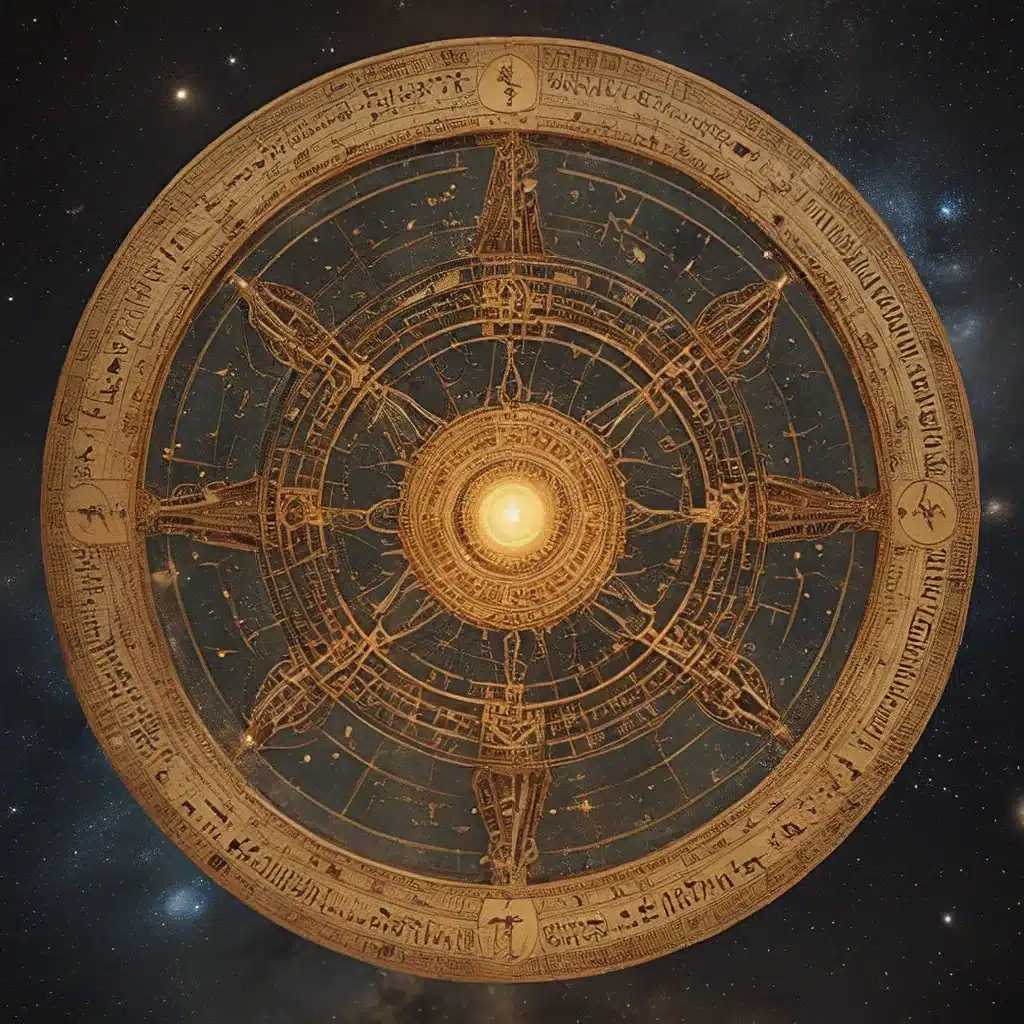
Stonehenge: A Prehistoric Astronomical Observatory?
Stonehenge, the iconic Neolithic monument in England, has long captivated the world with its enigmatic nature and profound cultural significance. For centuries, scholars have grappled with the question of its original purpose, with theories ranging from a ritualistic gathering place to a sophisticated astronomical observatory.
In the 1960s, Gerald Hawkins proposed a groundbreaking theory that challenged the prevailing belief that Stonehenge was built by primitive people. Hawkins suggested that the ancient astronomers who constructed Stonehenge had designed it to predict eclipses. This theory gained popularity, but was later rejected by archaeologists who argued that the monument was more likely a burial site or a place for rituals.
However, the idea of Stonehenge as a sophisticated astronomical observatory was not entirely dismissed. Alexander Thom, a Scottish engineer, conducted extensive research on the monument and claimed that it was precisely aligned with various celestial events, such as solstices and equinoxes. Thom’s work suggested that Stonehenge was a complex scientific instrument used to track the movements of the sun, moon, and stars.
Deciphering the Astronomical Alignments of Stonehenge
While the theory of Stonehenge as a calculating device has been largely debunked, it is now widely accepted that the monument had astronomical alignments and served as a ritual calendar for its builders. The design of Stonehenge, with its precisely arranged stones, aligns with the solstices and moon cycles, indicating the profound significance of these celestial events for the ancient people who constructed it.
Excavations around Stonehenge have revealed the presence of other major ancient monuments, suggesting that the site was part of a larger cultural complex. These discoveries, including the Avebury stone circle, the Silbury Hill, and the Cursus Monument, provide further insights into the sophisticated astronomical knowledge and the cultural and spiritual beliefs of the ancient civilizations that thrived in this region.
The construction of Stonehenge itself is a testament to the ingenuity and dedication of its builders. Transporting the massive stones, some weighing over 50 tons, from the Preseli Hills in South Wales to the Salisbury Plain required an astonishing feat of engineering and manpower. The precise alignment and positioning of these stones, which took place over the course of several centuries, suggest a deep understanding of celestial patterns and a profound reverence for the natural world.
Exploring the Cultural Significance of Stonehenge
Beyond its astronomical alignments, Stonehenge held profound spiritual and cultural significance for the ancient civilization that constructed it. The monument served as a sacred space where rituals, ceremonies, and astronomical observations were conducted, serving as a bridge between the earthly and celestial realms.
The intricate design and precise alignment of Stonehenge evoked a sense of mystery and wonder, instilling a deep reverence for the natural world and the cosmos. The cultural complex surrounding Stonehenge, with its network of sacred sites and shared cultural identity, further emphasizes the importance of this iconic monument in the lives and beliefs of its builders.
While the exact nature of the rituals and practices that took place at Stonehenge remains a mystery, the sheer scale and complexity of the monument suggest that it was a pivotal cultural and spiritual center for the ancient people who constructed it. The ongoing research and exploration of Stonehenge continue to shed light on the remarkable achievements of these ancient civilizations, challenging our understanding of their technological and astronomical capabilities.
Unraveling the Enigmas of Ancient Astronomical Knowledge
The story of Stonehenge serves as a powerful reminder of the extraordinary intellectual and technological achievements of ancient civilizations. From the sophisticated astronomical alignments of the monument to the monumental effort required to construct it, Stonehenge stands as a testament to the ingenuity and cultural significance of its builders.
As researchers continue to explore the enigmas of Stonehenge and other ancient sites, they uncover fascinating insights into the advanced knowledge and spiritual beliefs of these civilizations. The ongoing quest to understand the true purpose and significance of Stonehenge and similar monuments not only enriches our understanding of the past but also inspires us to reflect on the remarkable capabilities of our ancestors.
Visiting The Lost Kingdoms website offers a captivating journey into the mysteries of ancient civilizations, delving deep into the rich history and cultural legacy of these extraordinary people. By exploring the enigmas of ancient astronomical knowledge, we uncover a profound connection to our shared human heritage and the enduring wonder of the cosmos.


